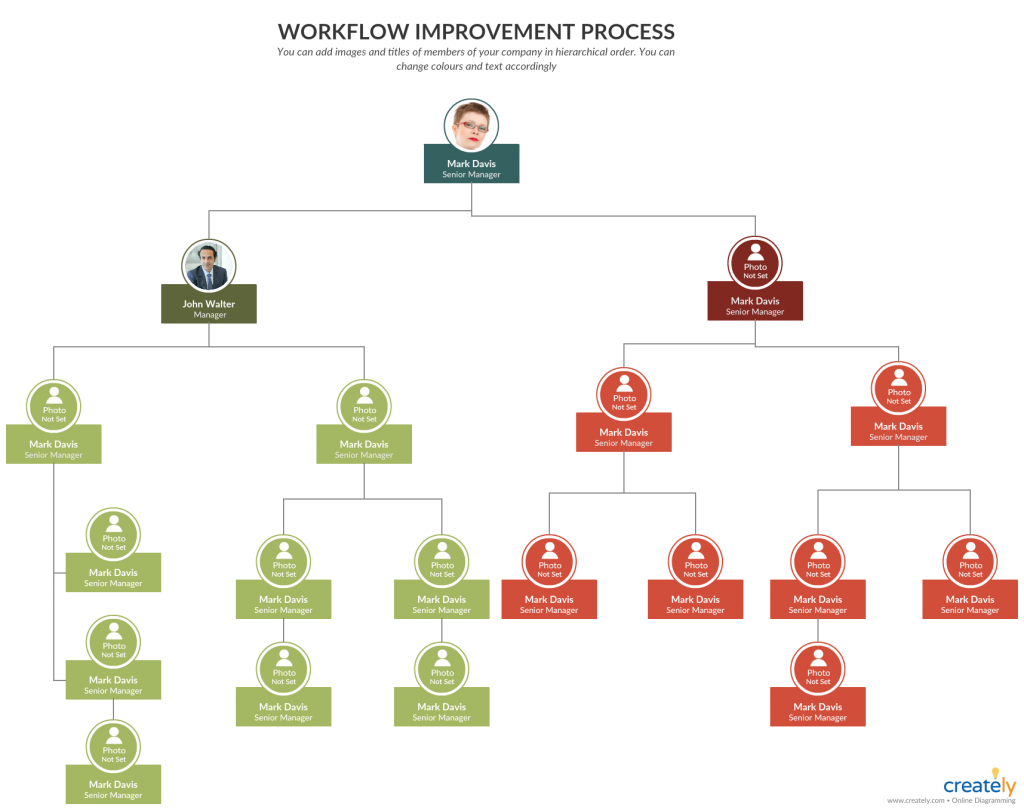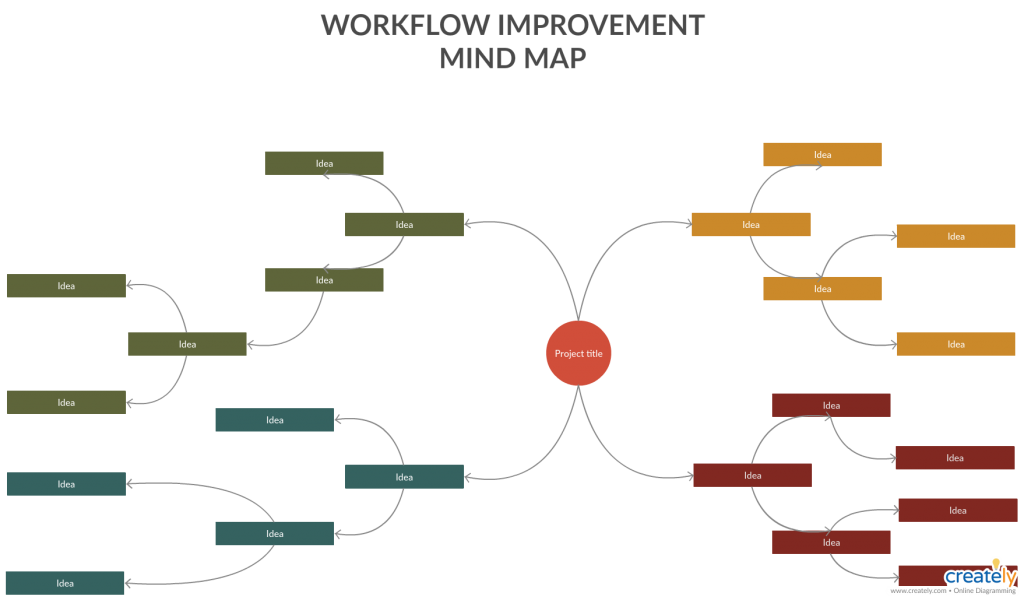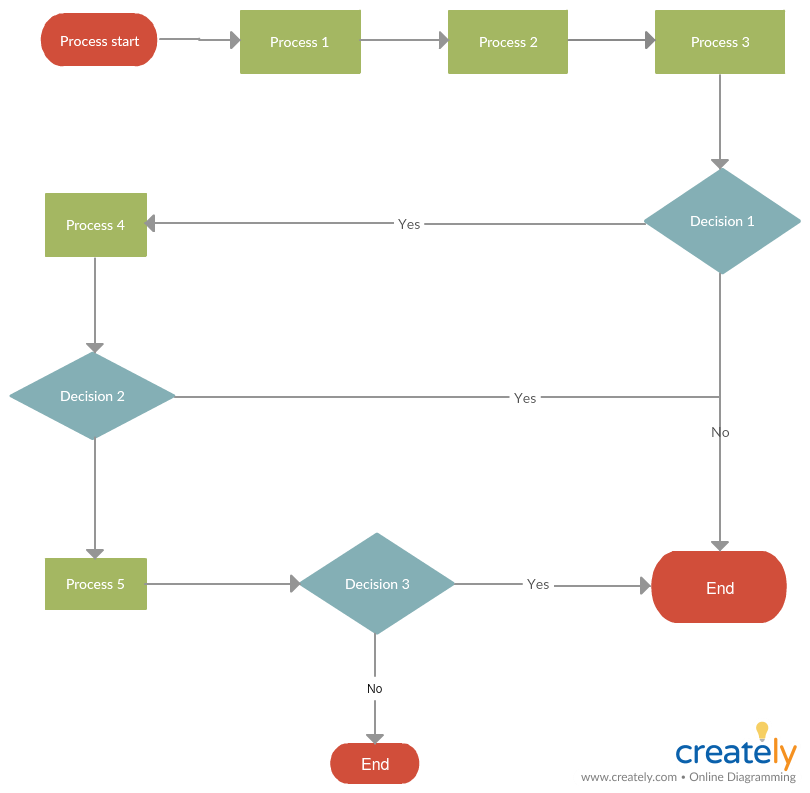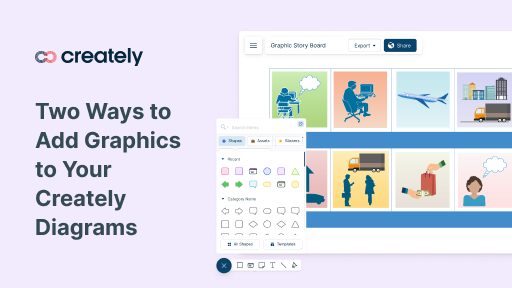Unimproved workflows are the reason behind unsuccessful projects, lost revenue and unmotivated employees. Without a proper workflow in place, it is impossible to be productive or finish work on time.
That’s why you need to streamline workflows to keep things organized and uncluttered. This is an important step towards getting your team complete more work in less time.
Follow the steps below to organize your workflows and improve your team’s efficiency.
Steps to Follow to Streamline Workflows
Step 1: Create Your Team
Improving workflow is a project in itself. Therefore a competent team is necessary to monitor and carry out the different tasks.
A team is more relevant if its a large company with multiple departments and there are organizational processes that may affect all of them. In that case, it’s important to have a representative from each department in the project team.
Use an organizational chart listing the job roles and department. You can use it to highlight the reporting relationships between the team members during the project.

Org Chart for Workflow Improvement ( Click on the image to edit it online )
Step 2: Collect All Necessary Documents
Gather all documents related to your processes. If you have already documented your organizational processes this would be so much easier. If you haven’t, start your workflow improvement project with process documentation.
Here’s our Easy Guide to Process Documentation to help you out.
Examine these process documents to identify the responsible parties and check when the processes are last updated or whether they are no longer viable.
Step 3: Identify All Processes and Workflows
With the help of your cross-functional team, you can identify all the current processes in your organization.
Apart from the team members, you can interview department heads, process owners and other top-level managers to gather information about the workflows and to make sure that you’ve listed down all processes.
You can create a mind map to list down and categorize or prioritize the processes and workflows.

Workflow improvement mind maps template ( Click on the image to edit it online )
Step 4: Assess Existing Workflows
Now that you have listed the current workflows in your organization and prioritized them, it’s time to assess them to identify the areas for improvement.
If you have already documented the processes, you may have access to a process map to start, but if you don’t, create a process map/ workflow diagram of the existing processes.

Process map template to analyze current state ( Click on the image to edit this online )
In addition, you can also question the staff who carry out the processes to gather information about the blockers and bottlenecks in the workflow.
Take into consideration the conditions of other resources (i.e. computers, machines etc.) that are necessary to complete the process.
Step 5: Analyze the Results
Now that you know what’s working and what’s slowing down the process, it is time to find solutions.
Take each area that you consider as waste and find their root causes. You can use the 5 Whys analysis or a fishbone diagram to do this.

Fishbone diagram to improve workflows ( Click on the image to edit this online )
As you identify the root causes, the solutions would become apparent to you.
You can also use gap analysis tools to recognize gaps in your processes and come up with action plans to close them.
Want more techniques you can use to improve your processes? Check out our guide to Process Improvement Techniques which compares both Lean and Six Sigma tools for process improvement.
Step 6: Create a Future-State Map
By marking down the areas for improvement and removing the inefficient steps from your processes, you will be able to create a process that’s in its ideal state. This can be called the future-state map.
You can visualize its process steps with another process map. This way everyone in the organization can refer to it for quick understanding.
Get more process map templates.
Once the map is ready, review it with the process owners, senior managers and, other stakeholders to ensure that they are accurate and feasible.
Step 7: Apply Changes
Now you know where to apply changes in order to streamline workflows and which processes you need to prioritize, it’s time to apply changes.
Remember to update your process documents with the updated versions and share them with the rest of the organization.
Sudden changes you may make in processes would have an impact on your employees as well as your other stakeholders. So you need proper tools in place to effectively drive organizational success.
Check out our list of change management tools to adapt to these workflow improvements seamlessly.
What Techniques Do You Use to Streamline Workflows
Regardless of the size of the company, a good process to streamline workflows is necessary to increase efficiency and reduce costs. In this guide, we have covered the steps you need to follow to streamline your workflows to increase the productivity of your employees.
What other steps do you take to streamline workflows in your organization? Do let us know in the comment section below.


